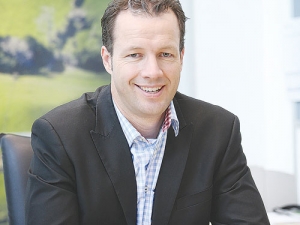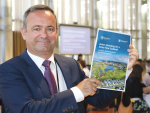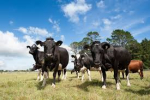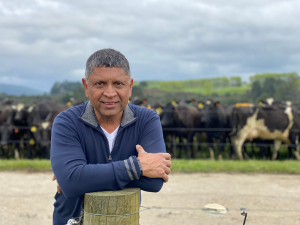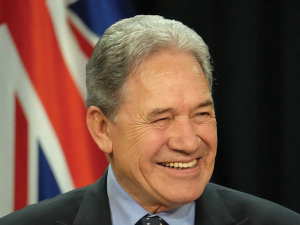DairyNZ chief executive Tim Mackle says the current downturn in the dairy industry is different from others in the past.
During the last downturn New Zealand’s two biggest export competitors – the EU and US in particular – were hampered by credit and investment issues and a lack of confidence caused by the global financial crisis, Mackle says. Dairy feed prices were then high, effectively preventing them from entering the international market.
“This time they have lower oil prices, lower feed costs and they don’t have the issues they were dealing with post GFC so they are in a stronger position and they have aspirations to export. Things are different this time so it will, potentially, take longer for this to clear.”
Mackle says given the present economic climate the dairy industry needs to focus more on building resilient systems, the hallmark of NZ’s success over many years. The industry has always been subject to volatility but the peaks now are higher and the troughs deeper.
NZ farmers, who get no subsidies – unlike those in other countries – are very competitive. “But we have to use the opportunities ahead of us right now to reset that competitiveness and resilience in our system.
“Key areas are, first, stewardship of the environment, which includes animal welfare, and making sure conditions for staff are in line with best practice. Health and safety is part of this.
“Then there is the farming system itself: farmers need to make sure theirs is resilient. There is a risk that variable costs can end up being fixed costs.”
Mackle is urging farmers to focus their business acumen on ensuring they are financially sound. The present crisis provides an opportunity for farmers to examine their farm systems and themselves.
Getting the right people into agriculture at all levels is a big challenge, he says, but the industry seems to have a comprehensive plan. For example DairyNZ is spending $800,000 a year into its scholarship programme. Other programmes exist to get people into the industry; things have come a long way in the last five years, Mackle says.
Financially some dairy farmers have got carried away in recent years with the high milk prices and over-extended themselves.
“The old adage is that production is vanity, profit is sanity. That is a trap we have to watch and avoid, but no doubt some people have done well out of putting marginal feed into the system when prices are high.
“The key thing they have done is, first, grown and harvested as much grass as they could, then they’ve put feed into the system strategically at the right price and time to get the maximum response,” Mackle says.





